
I am interested in computers, math, science, history, and politics. I enjoy running, amateur astronomy, drone photography, and programming.





#astronomy

#astronomy
#astronomy

#astronomy

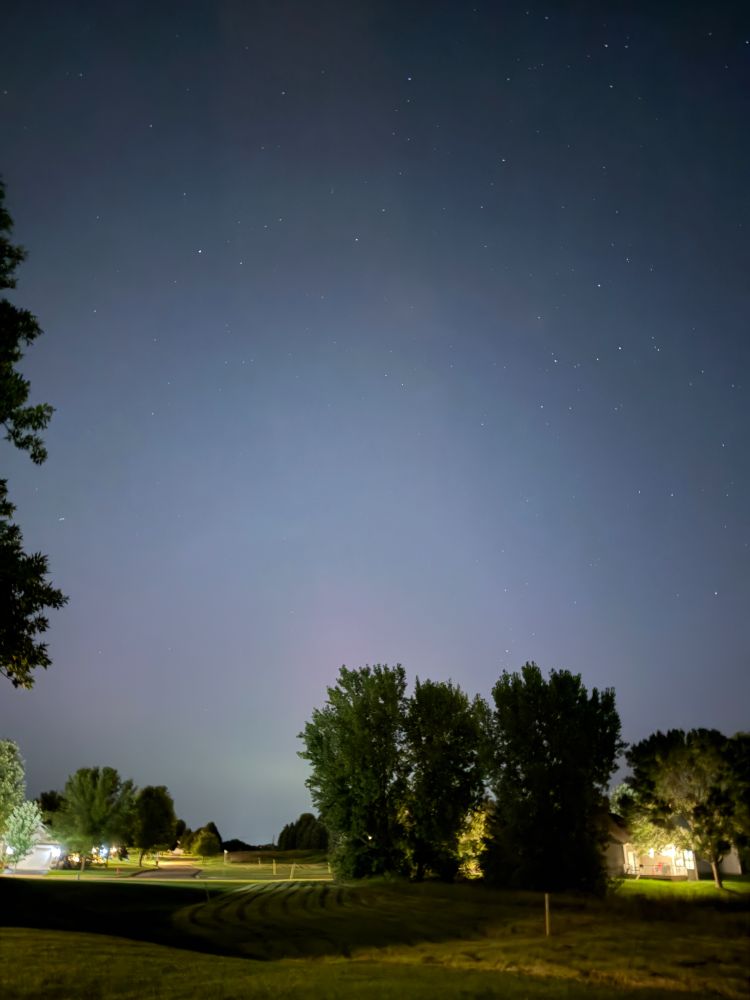
#astronomy
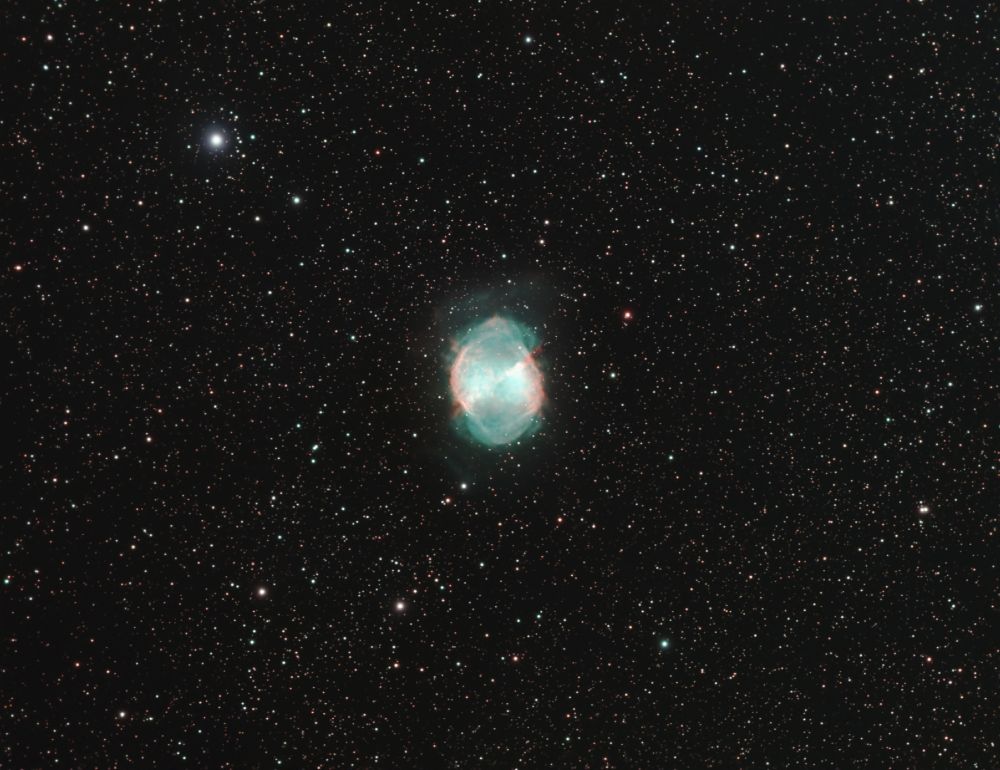
#astronomy
#astronomy

#astronomy
#astronomy

#astronomy
#astronomy

#astronomy
#astronomy

#astronomy
The Pinwheel Galaxy is 21 million light years away and is about twice the size of our own Milky Way galaxy. The distorted spiral is caused by gravity of other galaxies in its local group.
#astronomy
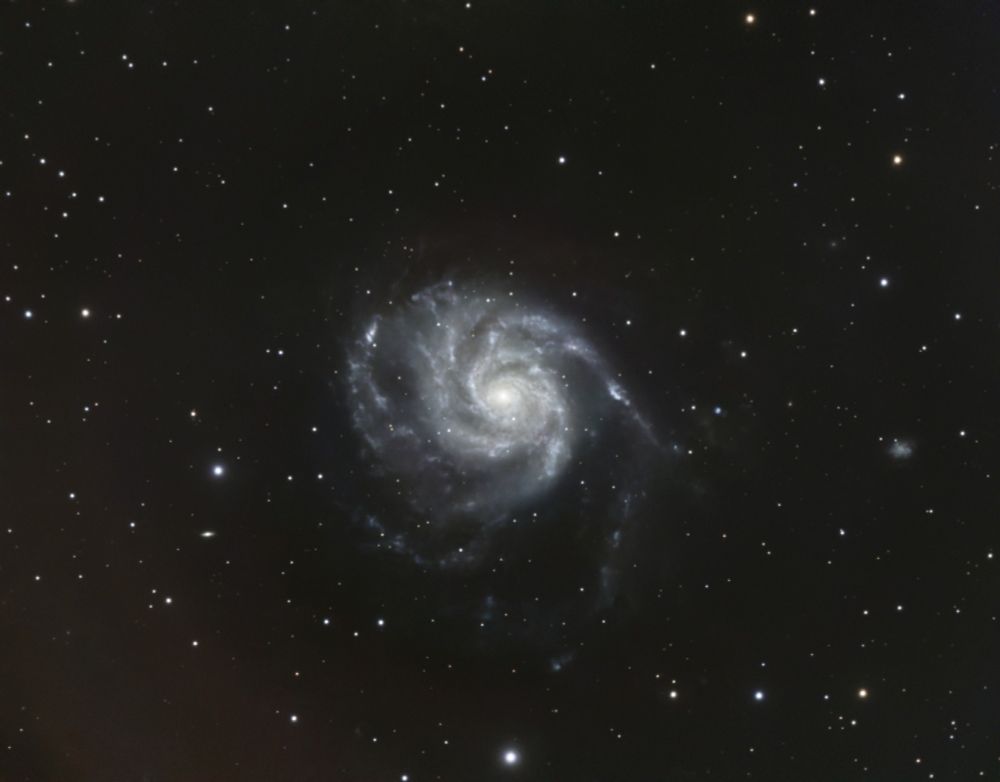
The Pinwheel Galaxy is 21 million light years away and is about twice the size of our own Milky Way galaxy. The distorted spiral is caused by gravity of other galaxies in its local group.
#astronomy
I had about 8 hours of imaging on each of M81 and M82 and a few hours between them to get a good mosaic of the two galaxies together.
#astronomy

I had about 8 hours of imaging on each of M81 and M82 and a few hours between them to get a good mosaic of the two galaxies together.
#astronomy

This is from 252 images of 120 seconds each taken over four nights over the past two weeks or so (too many clouds!) for a total of about 8 1/2 hours of imaging time.
#astronomy
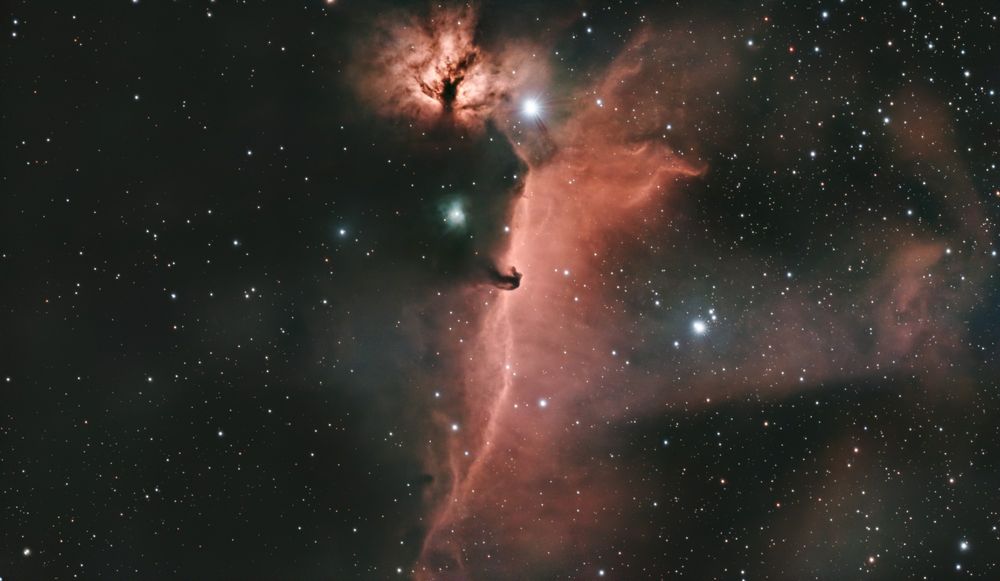
This is from 252 images of 120 seconds each taken over four nights over the past two weeks or so (too many clouds!) for a total of about 8 1/2 hours of imaging time.
#astronomy
#astronomy

#astronomy
If you would like to submit your own feedback, click the three horizontal lines at the top left in Google Maps, choose Edit the Map, then Your opinions about Maps.


If you would like to submit your own feedback, click the three horizontal lines at the top left in Google Maps, choose Edit the Map, then Your opinions about Maps.
#astronomy

#astronomy
#astronomy


#astronomy
#astronomy
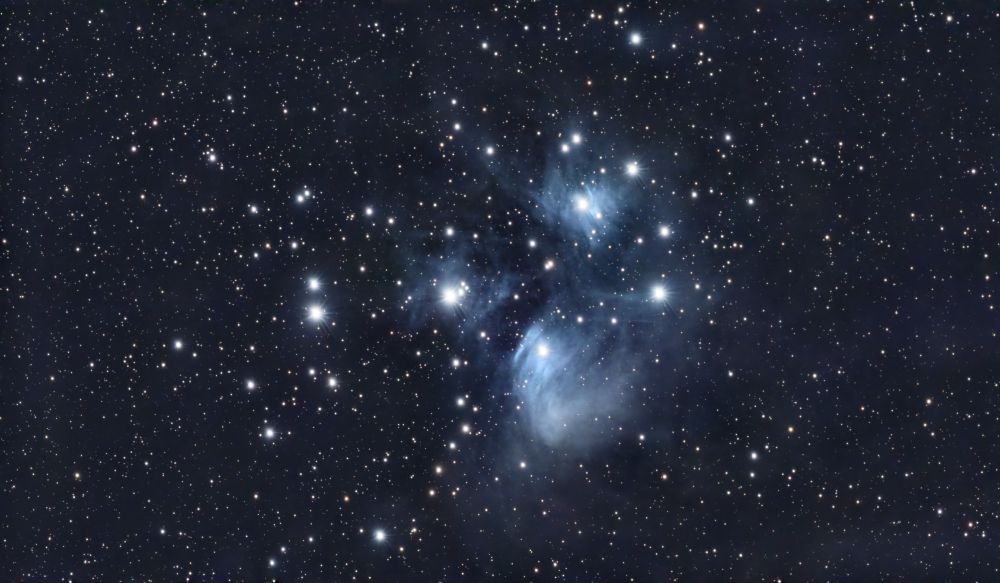
#astronomy

This cluster includes about 1000 stars and is 7600 light years away and about 50 light years in diameter. It was discovered by Caroline Hersch in 1783, which is why it is also called Caroline's Rose.
#astronomy

This cluster includes about 1000 stars and is 7600 light years away and about 50 light years in diameter. It was discovered by Caroline Hersch in 1783, which is why it is also called Caroline's Rose.
#astronomy
I've been hoping to do some more imaging for this mosaic. But it's been frustrating with the clouds lately. Some sunny days, but with clouds moving in by sundown.
#astronomy

I've been hoping to do some more imaging for this mosaic. But it's been frustrating with the clouds lately. Some sunny days, but with clouds moving in by sundown.
#astronomy
#astronomy

#astronomy



